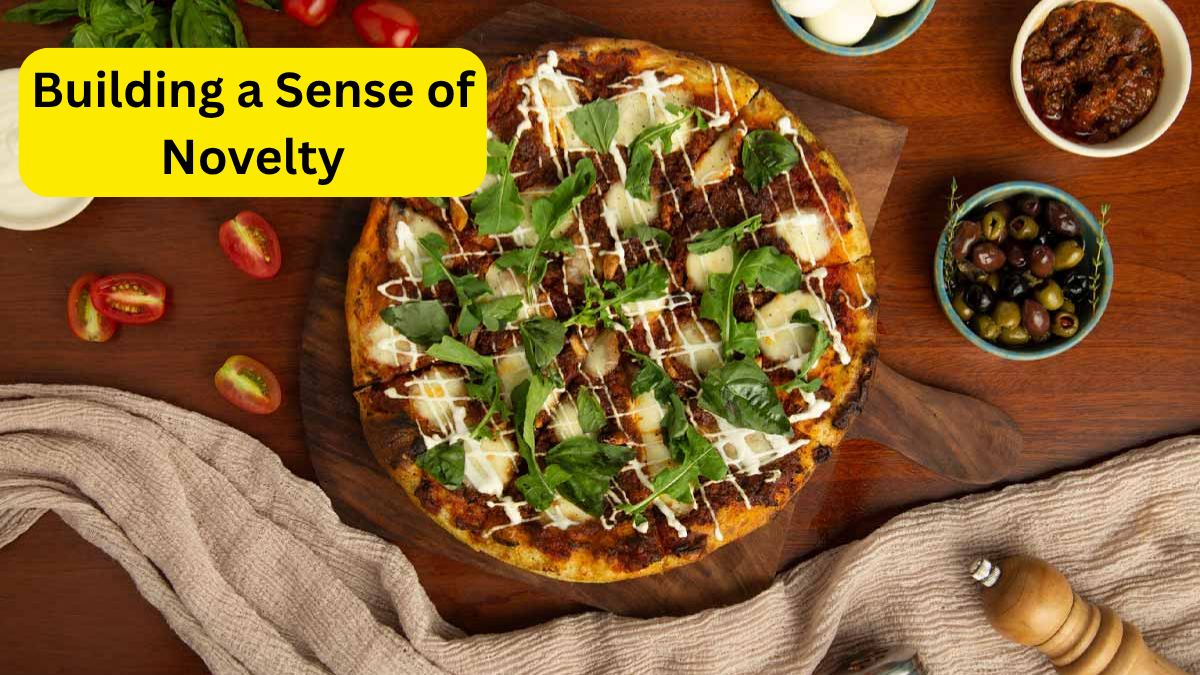Over the years, dining etiquette has changed dramatically. What used to be a very formal and ritualistic affair is now more relaxed, global, and focused on experiences. These changes reflect how society has evolved, how cultures have blended together, and how much people value wellness and sustainability today. In India, most restaurants follow some form of dining etiquette, but it has become much more flexible and inclusive.
The Evolution of Dining Etiquette
Today’s dining style is very different from what it was a few decades ago. Earlier, eating out or even hosting guests at home followed strict rules. The cutlery had to be arranged in a particular way, meals were often multi-course, and there was a lot of focus on formality. Over time, this changed as globalization brought people from different cultures closer. People began exploring new cuisines, trying out unfamiliar dining styles, and adopting habits from other countries.
Chef Johnson Ebenezer, Co-Founder of Farmlore, explained that increased cultural exchange has made diners more open-minded. For instance, in the past, Indian diners may have been hesitant to use chopsticks or try Japanese sushi. But today, it is common to see people enjoying sushi, Italian pasta, Indian thalis, and even Middle Eastern mezze with equal ease. This blend of cultures has made dining more exciting and dynamic.
Chef Amit Dash from The Westin Gurgaon added that restaurants now curate menus that combine global flavors with local authenticity. At The Westin, they may serve an Asian tasting menu at their restaurant EEST or introduce creative plant-based Indian dishes at Sunset Story. The aim is to create an experience that is more than just a meal—it is a story that celebrates both global and local influences.
The Move Toward Relaxed Dining
After India’s post-colonial era, fine dining became a symbol of refinement and status. Elite families and hotels started following European traditions like multi-course meals, wine pairings, and specific cutlery usage. But today, guests prefer a balance between formal and informal dining.
Chef Nisarg Chavan from Novotel & Ibis Chennai OMR shared that many people still enjoy formal dining, but there has been a noticeable shift toward casual, relaxed settings. Shared plates, easy-to-eat finger foods, and interactive dining experiences are becoming increasingly popular. Guests like the comfort and personal connection of informal dining but still appreciate the elegance of traditional service.
Modern restaurants like The Westin Gurgaon embrace this balance by focusing on personalization, comfort, and sophistication at the same time.
Sustainability and Ethical Dining
One of the biggest changes in modern dining etiquette is the focus on sustainability. Diners today are much more conscious of the environment. They care about where their food comes from, how it is sourced, and whether the practices behind it are ethical.
Chef Johnson highlighted that sustainability in dining includes using locally sourced ingredients, minimizing food waste, and choosing environmentally friendly options like sustainable seafood. Diners are also becoming more aware of cultural sensitivity. For example, they are careful to respect food customs of different communities.
Chef Amit Dash said this aligns perfectly with Westin’s “Eat Well” philosophy, which emphasizes nutritious, responsibly sourced meals. They prioritize seasonal produce, support local farmers, and reduce food waste while still offering indulgent experiences.
Plant-Forward Dining: The Future of Food
Another major trend shaping the future of food is plant-forward dining. This concept goes beyond traditional vegetarianism. It focuses on making plant-based ingredients—like vegetables, grains, legumes, and plant-based proteins—the star of the meal.
Around 30% of restaurants in India are now completely plant-forward, while nearly 50% have vegan, keto, or plant-based menu options. This shift is happening because people are more health-conscious, aware of sustainability, and open to experimenting with food.
Chef Sarfaraz from Tresind Mumbai explained that plant-forward dining is about creativity and mindfulness. Chefs are using unique techniques like fermentation, smoking, and molecular gastronomy to make plant-based dishes as exciting as traditional meat dishes.
Plant-forward dining is also inclusive. It appeals to vegetarians, vegans, and even non-vegetarians because it focuses on delicious, well-prepared meals instead of simply avoiding meat. Rohit Dadlani from Pause mentioned that the goal is to celebrate the colors, textures, and flavors of plants rather than treating them as side dishes.
Challenges and Opportunities
Convincing people that plant-based meals can be indulgent and satisfying is still a challenge. Many people think vegetarian or vegan food is bland or boring. High-quality plant-based ingredients can also be expensive or hard to find in some regions. In places where meat is deeply tied to culture, plant-forward dining may take longer to gain acceptance.
Chef Anshul Dhyani from ITC Grand Central, Mumbai believes that training chefs is key. They must learn how to source ingredients sustainably, work with seasonal produce, and create menus that balance nutrition and flavor. Supporting local farmers and producers not only reduces the environmental impact but also brings fresher and more traceable food to diners.
What Lies Ahead?
Dining etiquette and plant-forward dining are both evolving in exciting ways. We can expect more focus on sustainability, greater cultural exchange, and the use of technology to improve dining experiences. Whether it is immersive dining with projections or personalized menus based on your health needs, the future of food will be more mindful and innovative.
The shift toward plant-forward dining will likely grow stronger as consumers continue to value wellness and environmental responsibility. It is not just about removing meat from the plate; it is about celebrating the beauty and diversity of plant-based ingredients.
As Chef Sarfaraz perfectly summarized, plant-forward dining is not just a food trend—it is part of a lifestyle that embraces clean, thoughtful, and creative eating.
